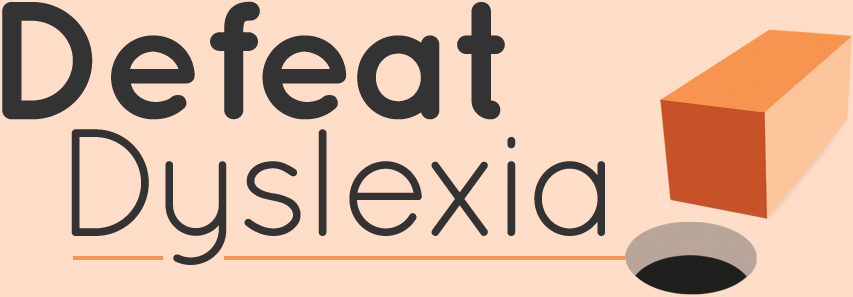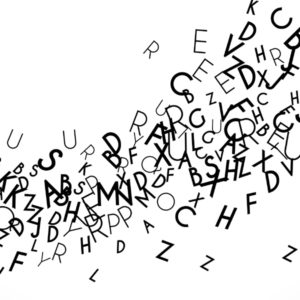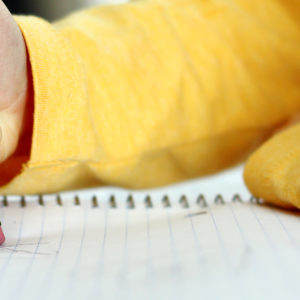A common trait of dyslexia is a weakness with memory tasks.
Is it just that dyslexics are forgetful? No!
The problem for dyslexic individuals lies in their working memory.
You may be more familiar with short-term memory and long-term memory. Working memory doesn’t get a lot of attention, but it actually has links to both.
Working memory is how you keep track of several pieces of information (the digits of a telephone number, for example), via the short-term memory store. Yet working memory is also active. Using working memory, you can manipulate the information in your short-term memory in different ways.
Your working memory allows you to:
- draw conclusions
- solve problems
- make connections
Basically, working memory is the mental equivalent of a piece of scrap paper or a Post It note, covered with doodles and class notes.
If your working memory is weaker – which, for many dyslexics, it is – then imagine the piece of scrap paper is a lot smaller. There’s likely to be less capacity for holding and manipulating information in your mind.
Links to long-term memory
Working memory is also used to retrieve previously-learned information and transfer new skills to long-term memory.
Parents often find that their dyslexic child can perform a task when it’s uppermost in her mind, but she won’t remember how to do it the next day. Even when she does store a skill in her long-term memory, she may find she has problems accessing this memory quickly.
What does weak working memory look like in practice?
Reading is one area where weak working memory makes everything harder.
While reading, your working memory helps you to:
- figure out what’s going on in the story
- hold on to what’s just happened
- remember reading rules
- come up with the correct pronunciation of long words
 A dyslexic person may reach capacity in his working memory after tapping into just two of those function. As a result, he may either:
A dyslexic person may reach capacity in his working memory after tapping into just two of those function. As a result, he may either:
Read the story confidently, but then have no idea what it was about…
or
…Follow the story, but miss out or get tripped up by some of the words (even ones that he knows).
Not scatter-brained, just struggling
Remember: working memory isn’t connected to intelligence. But a strong working memory can make someone seem like he’s on the ball. And a weak working memory can make someone seem like he’s scatter-brained if he can’t remember directions or where he put his keys.
A dyslexic child with a weak working memory is likely to be working much harder than his peers during a reading assignment. Parents need to understand his struggles and investigate ways to help make reading less stressful.
Check out my 5 ways to improve dyslexic working memory problems.











4 Responses
5 ways to improve dyslexic working memory problems | Defeat Dyslexia
[…] ← Previous […]
8 ways to unlock a love of reading in a dyslexic child - Defeat Dyslexia
[…] for the fact that he never finished a book before. But it’s more likely that dyslexic traits like weak working memory and poor phonological awareness made the reading process much harder – and much less fun – for […]
15 dyslexia-friendly classroom adjustments to discuss with your child’s new teacher - Defeat Dyslexia
[…] benefit. What’s more, a seat at the front gives the opportunity to ask questions if the child’s working memory becomes […]
Best audiobook sites for dyslexic readers - Defeat Dyslexia
[…] big and small. For adults, they can be a way of enjoying reading without stressing your vision or working memory. For children, especially reluctant readers, they’re a great gateway into the wonderful world of […]